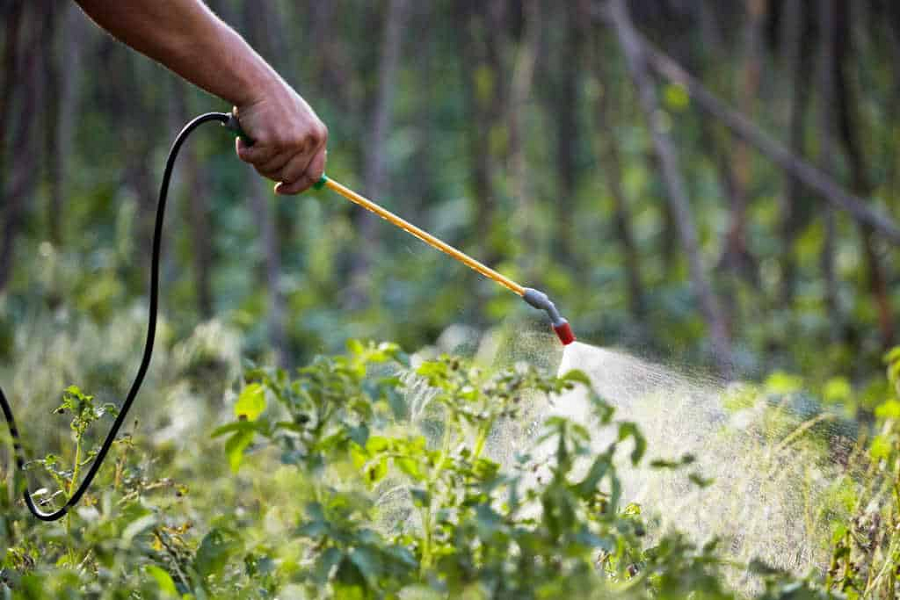Agricultural Pest Control

Agricultural crop pests can be called all animals, plants, or microorganisms that hurt crop production. Pests thrive quickly in the crop by finding a concentrated and reliable source of food.
It is something difficult to achieve and much more in current production models. If they cannot be avoided, there are some alternatives for their control after entering the lot.
What Do We Call Agricultural Crop Pests?
A plague is a sudden massive action of living beings of the same species that cause damage to animal or plant populations.
Agricultural crop pests are those that cause damage to the crop. They can be occasional invaders which needs sealing and proofing.
The current production model creates a favorable environment for agricultural crop pests. This is due to the monoculture of high-production varieties, multiple cultivations by reducing or eliminating soil rest, fertilizers, etc
Different Types Of Agricultural Pest Control
Weeds Or Invasive Plants: weeds are a type of crop pests that we can find frequently. These types of pests do not directly affect the crop but rather compete for the same resources.
This competition affects crops, reducing their yields. Depending on the weed in question, it may be more or less invasive and competitive with the crop.
Insects: this type of pest effects by consuming parts of the crop and affecting the final production. They can increase rapidly, multiply within the lot, or come from other areas and attack the lot.
Some insects attack non-harvestable parts of the crop (indirect attacks), which decreases the yield but does not affect the harvestable product.
Others attack what will be harvested and marketed, eat it directly, or inject toxins that slow its growth, resulting in a non-marketable product.
Viruses And Bacteria: these are diseases that are generally transmitted from plant to plant utilizing a vector. A vector is called an insect that, when consuming a plant, also consumes the virus and transmits it to another when feeding on it.
Fungi: they are filaments without chlorophyll that look for food. They have fast reproductive structures through which they can be identified.
Leave a Reply
You must be logged in to post a comment.
















Leave a Reply